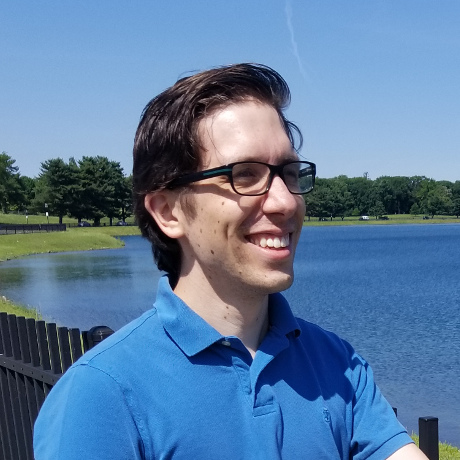I am an assistant professor of computational linguistics at Cornell University. I am very interested in the incremental representations that humans use to process language, and in differences between how language is used and how it is processed. To explore these topics, I study the relationships between computational language models and psycholinguistic data (e.g., reading times) and I study neural network representations of language to understand what aspects of language can be learned from language statistics directly without having experiences in the real world (i.e. through ungrounded learning).
If you’re interested in incremental processing models, you may find these helpful:
- LSTM toolkit that can estimate incremental processing difficulty
- 125 pre-trained English LSTMs
- Left-corner parsing toolkit that can estimate incremental processing difficulty
I manage the Computational Psycholinguistics Discussions research group (C.Psyd) and am part of the Cornell Computational Linguistics Lab (CLab) and the Cornell Natural Language Processing Group (Cornell NLP).
My surname is easy to pronounce (in words, not IPA): /van ‘shine-dull/
Recent News
July 30: 3 posters at CogSci:
- John R. Starr and Ashlyn Winship will introduce a novel experimental paradigm/toolkit for probing contextualized semantic spaces in humans
- Ashlyn Winship and Zander Lynch probed the extent to which implicit arguments are represented in sentence processing along with the influence of aspect on this process.
- John R. Starr showed that focus can transfer information about possible events from alternative sets to new referents.
May 1: 1 talk at NAACL:
- Jacob Matthews developed a novel computational method based on Stochastic Autoencoders for tracking semantic change in historical texts.
April 18: I’m co-organizing the annual Workshop on Processing and Evaluating Event Representations (PEER) in Rochester with Aaron White
April 15: I’m giving a talk at University of Rochester’s Center for Language Sciences: Eventful processing: Constructing event representations from language.
April 4: New journal article in Cognitive Science with John R. Starr demonstrates that classic phonotactic effects can be delayed or eliminated in syntactic and discoursive contexts, suggesting that processors prioritize simpler tasks earlier, in line with race models and good enough processing accounts.
March 27: 3 posters at HSP:
- Ashlyn Winship, Zander Lynch (along with the rest of the lab) probed the extent to which implicit arguments are represented in sentence processing along with the influence of aspect on this process.
- Lucas Y. Li and Zander Lynch developed a novel computational method to identify the locus of semantic role information during sentence processing.
- John R. Starr showed that focus can transfer information about possible events from alternative sets to new referents.
